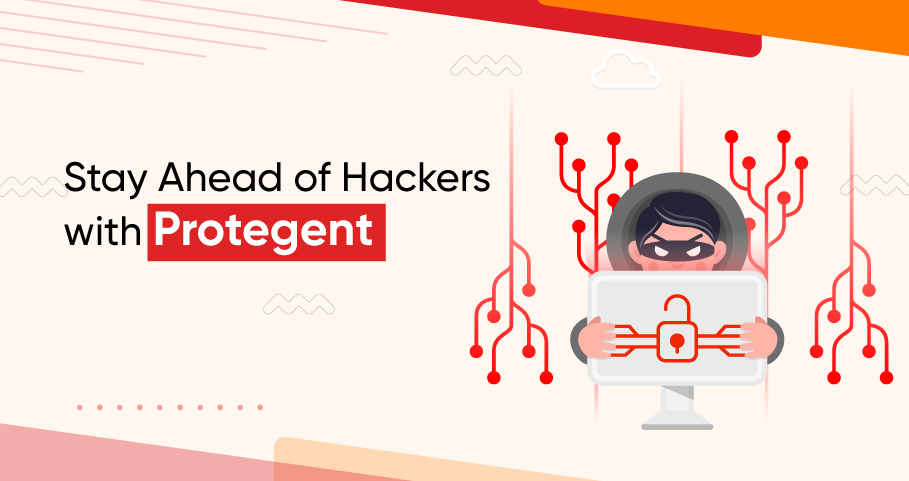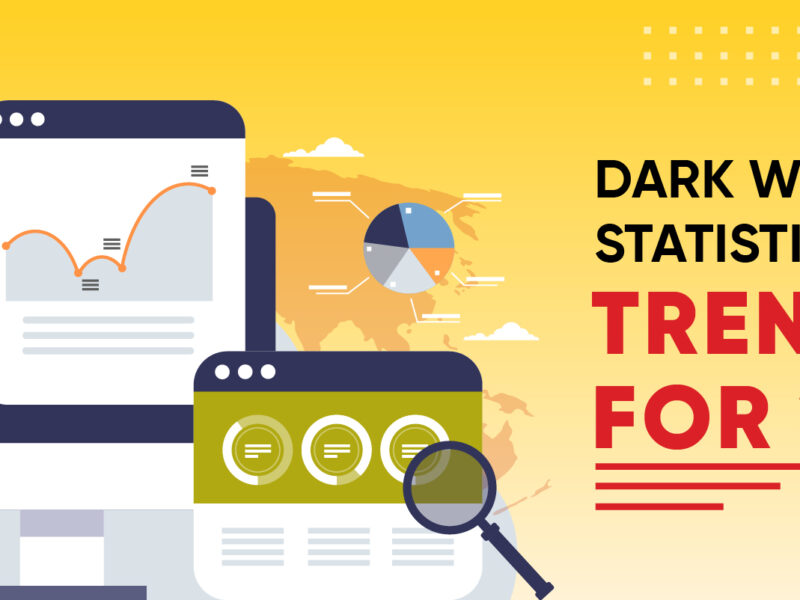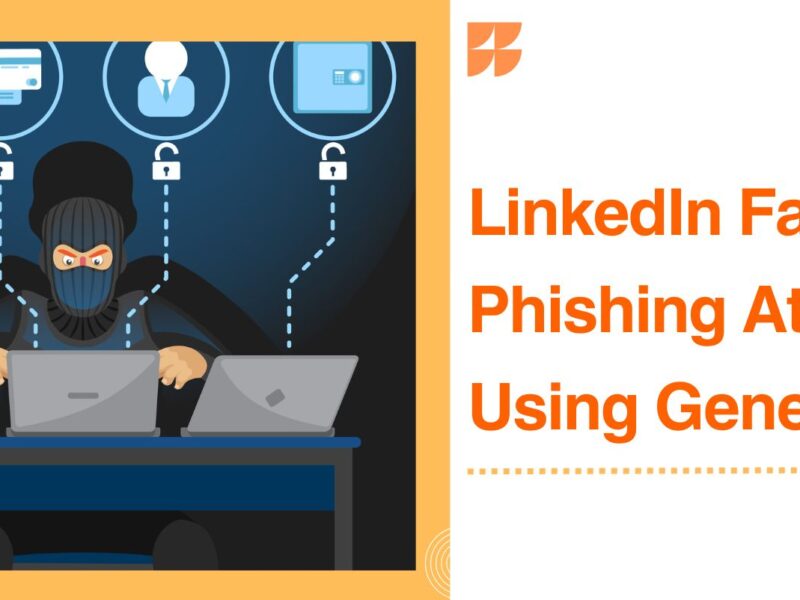
Staying Ahead of Hackers: The ever-changing tactics of cyber attackers and the role of Antivirus software in combating them!
Most people associate the term “antivirus” with the software you install on your computer to protect it from being hacked. While this is correct, it is an oversimplified definition. Continue reading to learn about antivirus, and how it works.
What actually is an antivirus?
Antivirus software looks for, detects, and eliminates viruses as well as other dangerous software such as worms, trojans, adware, and others. This program is intended to be used as a preventative measure in cyber security, preventing threats from entering your computer and causing difficulties.
While you may believe that your computer is safe as long as you avoid visiting questionable websites, hackers have many more subtle ways of getting their infections onto your computer, which is why you need a strong antivirus to keep one step ahead of them.
If a virus infects your computer, the repercussions might be fatal. Viruses cause a wide range of harmful behaviors. They have the ability to crash your device, spy on you via your webcam, or monitor your personal accounts.
Hackers can employ viruses to steal your personal information, including account logins and financial data. This can then be used to commit identity theft, phishing schemes, and other crimes. Because of these possible implications, network security is more vital than ever.
The struggle between hackers and cybersecurity specialists has reached new heights in today’s digital world, where cyber threats are continually developing and getting more complex. Antivirus software vendors play a key role in safeguarding consumers’ devices and data from unwanted assaults. However, with hackers always discovering new methods to circumvent security measures, how do antivirus software providers keep up?
Let’s explore the measures used by software manufacturers to combat new hacking tactics and emphasize Protegent Antivirus’s position in this dynamic field.
Understanding the Challenge
The field of cybersecurity is a never-ending arms race, with hackers always coming up with new methods to attack flaws in computer systems and networks. As a result, providers of antivirus software must not only keep up with these shifting approaches but also foresee new risks before they cause harm.
Evolving Tactics: The Hacker’s Arsenal
Hackers employ a wide range of techniques to breach security measures and gain unauthorized access to sensitive information. These tactics include but are not limited to:
- Malware Variants: Hackers produce new strains of malware that can avoid detection by existing signature-based procedures. Polymorphic and metamorphic malware alter their code patterns with each infection, making detection difficult.
- Phishing attacks: It has progressed from basic email scams to complex operations that use social engineering tactics to trick people into disclosing sensitive information or clicking on dangerous links.
- Ransomware: With outbreaks like WannaCry and NotPetya causing worldwide damage, ransomware has become a profitable industry for hackers. New ransomware variations are being developed to target certain businesses or organizations, making them more difficult to combat.
- Zero-Day Exploits: Hackers use zero-day exploits to exploit previously undisclosed vulnerabilities in software, giving them a window of opportunity before a patch is generated and delivered.
- Fileless assaults: These assaults run in a compromised device’s memory area, leaving little to no trace on the hard drive. This evasion strategy puts existing antivirus technologies to the test.
Antivirus Software Vendors’ Strategies
To combat these evolving tactics, antivirus software vendors employ a combination of proactive and reactive strategies. These strategies enable them to stay ahead of hackers while maintaining a strong defense for their users:
- Advanced Heuristics: Heuristic analysis may detect and discover malware versions that modify their code in order to avoid detection. By knowing how these dangers behave, Protegent can detect suspicious activity and quarantine possible threats before they do harm.
- Behavioral Analysis: Antivirus software can detect unusual activity that may suggest the existence of malware by analyzing the behavior of applications and processes in real-time. This method is very effective against fileless
- Machine Learning and AI: To continually enhance their threat detection capabilities, antivirus systems use machine learning and artificial intelligence. These technologies are capable of analyzing massive volumes of data in order to find patterns linked to both known and unknown dangers.
- Cloud-Based Threat Intelligence: Many manufacturers use cloud computing to collect and analyze data from many sources. This method allows for real-time updates and the quick dissemination of threat information to all users.
- Frequent Updates: They are issued on a regular basis by antivirus software companies, which contain updated threat definitions and detection algorithms. This guarantees that consumers remain safe from the most recent dangers in the wild.
Protegent Antivirus: A Pioneer in Adaptive Cybersecurity
In the realm of antivirus software, Protegent Antivirus stands out as a proactive and adaptive solution designed to tackle the evolving tactics of hackers. Leveraging cutting-edge technologies, Protegent employs a multi-pronged approach to provide comprehensive protection:
- Advanced Heuristics: Heuristic analysis may detect and discover malware versions that modify their code in order to avoid detection. By knowing how these dangers behave, Protegent can detect suspicious activity and quarantine possible threats before they do harm.
- Behavioral Monitoring: Protegent’s real-time behavioral monitoring watches the actions of apps and processes, finding deviations from typical behavior quickly. This enables the program to identify and prevent ransomware and other attacks that try to alter system operations.
- Machine Learning and AI: Protegent Antivirus uses machine learning and artificial intelligence to continually learn from new threats and adjust its detection techniques. This implies that the program improves its capacity to detect both known and undiscovered threats over time.
- Cloud-Based Updates: It uses cloud-based threat intelligence to deliver real-time updates to users. This protects consumers from developing risks, even if they have never faced them before.
- Data Loss Prevention: In addition to threat detection, Protegent includes data loss prevention capabilities to protect sensitive data from unauthorized access or leakage.
Conclusion
Hackers’ ever-changing techniques provide a daunting challenge to both cybersecurity professionals and antivirus software companies. The fast emergence of new dangers necessitates ongoing innovation and adaptability. To keep ahead of hackers and secure customers’ digital lives, antivirus software providers utilize a variety of tactics, ranging from heuristic analysis to AI-powered detection.
Protegent Antivirus is a model in this arena, integrating modern technologies to provide comprehensive defense against the ever-changing world of cyber threats. Its dedication to proactive protection and continual enhancement makes it a dependable alternative for people and companies looking for complete cybersecurity solutions in an era of constant hacker evolution. Protegent’s adaptive strategy offers a light of hope for a safer digital future as the war between hackers and antivirus providers continues.




